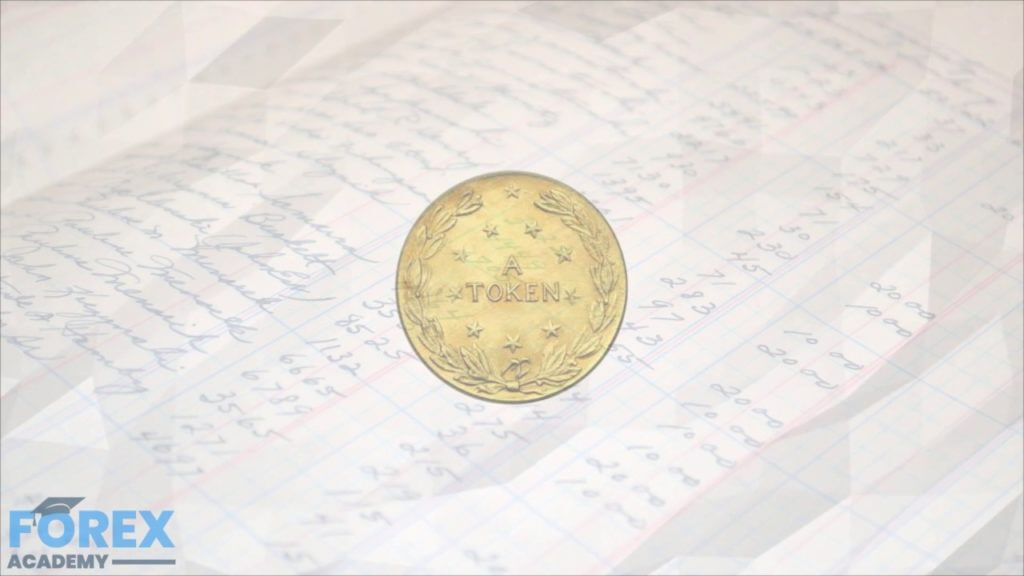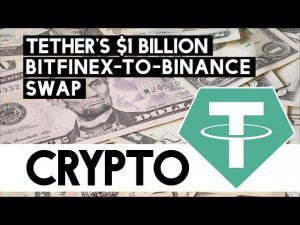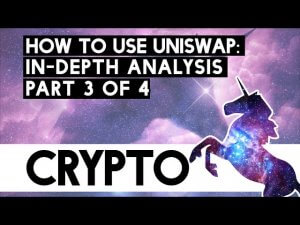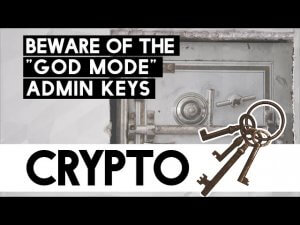How to get your token listed on an exchange and when?
Tokens that are easily available to the public become more attractive to buyers. On top of that, many exchanges require projects to have a value-adding product to be listed. Therefore, the token listing brings external confirmation of a value-adding product as well as a product that is easily tradable.
This brings us to the conclusion that the success of an ICO project often lies in getting listed on an exchange. Some people even invest in ICOs simply to “flip” them if they know that the token is being listed on an exchange in a reasonable time frame.
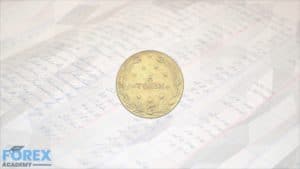
Choosing an exchange
As history shows us, listing a token on an exchange can, on average, increase its value by 15% – 20%. However, infrastructure providers of crypto listings are also aware of this fact. That’s why listing an ICO on a known crypto exchange can cost up to $3million. To cover these astronomical fees, startups are spending money raised through an ICO instead of using the funds for developing their product. But what are these companies getting out of the process and how they pick the right exchange? With more than 500 exchanges to choose from today, it is not an easy decision.
Factors to consider when choosing the right exchange:
- Safety
- Exchange fee
- Liquidity
- Exchange customer support
- Different payment options
- Is the exchange beginner friendly?
- Does it accept fiat currency?
- Centralization

1. Safety factor
Choosing a safe exchange is clearly a “must do.” With all the security breaches that happened to various cryptocurrency exchanges over time, one must be very careful when picking the right one. Choosing a decentralized exchange will certainly be much safer than choosing a centralized one. However, that might bring other problems. With that said, everything needs to be balanced out, but safety is certainly one of the biggest factors when choosing the right exchange.
2. Exchange fees
Various exchanges have various fees. Depending on how many people support the project, how desired it is, and how “revolutionizing” the exchange thinks the project is, different cryptocurrency projects will get different offers. Most exchanges currently do not have a fixed listing price, but rather set their price based on various conditions. Choosing an exchange that fits the budget is certainly a goal, but not at the expense of safety and integrity.
3. Liquidity
Liquidity and volume measure how big an exchange actually is. The more liquid the exchange is, the more volume listed coins have on average. With the correlation between liquidity of the exchange and token liquidity being clear, we can safely assume that exchanges with more liquidity will be better for the token. However, they usually have bigger listing fees or higher standards in terms of coin development.
4. Exchange customer support
Exchanges are often rated by their users (both token projects and traders). Based on the reviews, both good and bad, a project should decide on whether the exchange is suitable for them or not. Getting honest and detailed reviews can be hard, but it is doable. Companies should not be afraid to approach already listed token projects to seek advice when it comes to a particular exchange.
5. Different payment options
Most exchanges have the same payment options but should be checked just in case. Centralized exchanges, on average, have a wider variety of payment options.
Even though all of the payment options should be considered, they should not be an important factor when choosing the right exchange.
6. User-friendliness of the exchange
Depending on the project’s target audience, this factor might be more or less important. However, having a user-friendly exchange for your token is always a good thing!
7. Fiat currency trading pairs
If a token gets listed on an exchange which also supports trading fiat currencies, it might rise in price much more. Those exchanges are usually more regulated, but also more reputable.
The fact that a particular exchange supports fiat currency trading should not be important to the project from any technical side, but it does bring additional integrity and a positive reputation.
8. Exchange centralization
Choosing a centralized or decentralized exchange can be a big thing. They both carry a lot of positives and negatives.
Overall, decentralized exchanges are safer, but are currently lacking in every other department. Even though they are the future, it might be better to (at least for now) stick with centralized exchanges due to higher liquidity and user-friendliness.

Listing timing
Lastly, we need to mention token listing timing. Many people tried to debate whether it matters when the token is listed or not. However, there is no debate that whenever cryptocurrencies are in a bearish market/trend, smaller altcoins perform worse on average. This is because of mass fear and people exiting their positions to save themselves from the potential downswings. Therefore, timing plays a big role when it comes to token listing.
There are no formulas or clear guidelines when it comes to proper timing, but the general rule is that the more bullish market looks, the better chance a token has to succeed as soon as it gets listed.
Conclusion
Choosing the right exchange for the project is by no means an easy task. However, each project has an enormous choice of exchanges, which will ultimately allow them to pick the most suitable exchange for their needs.

